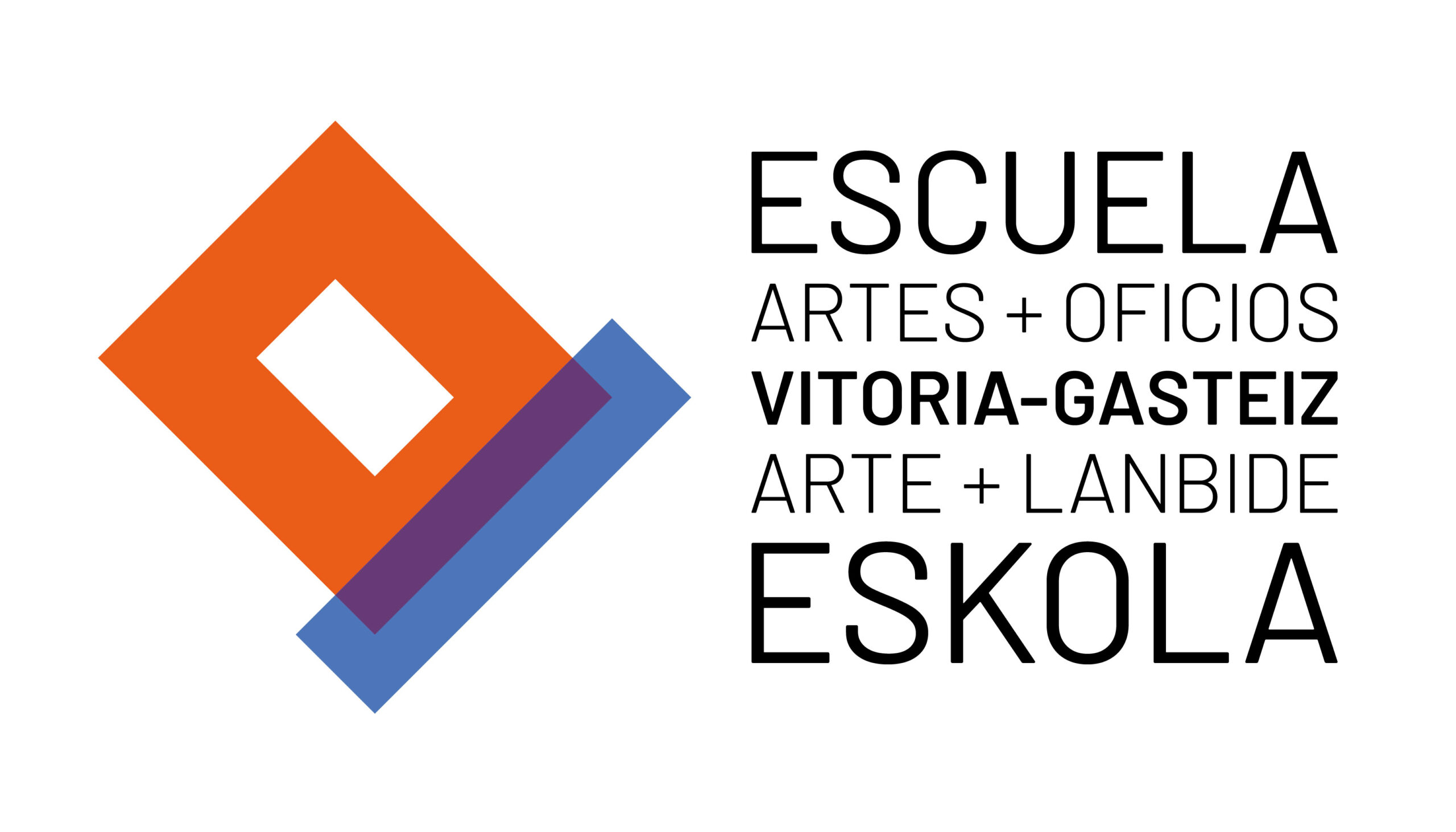Informative summary of the course
This course is the first of the three years of the Photography course at the E.A.O. and is aimed at those who want to deepen their knowledge of the photographic discipline. We will see both traditional (analog) and current (digital) procedures.
Obviously, the specific weight of the latter has an impact on a greater profusion of digital teachings.
Morning shift:
- 1st Photography: Mondays and Wednesdays (10:00 to 12:00h)
- 3rd Photography: Tuesday and Thursday (10:00 a.m. to 12:00 noon)
Afternoon shift:
- 1st Photography: Mondays and Wednesdays (17:00 to 19:00h)
- 2nd Photography: Tuesdays and Thursdays (17:00 to 19:00h)
- 3rd Photography: Tuesdays and Thursdays (17:00 to 19:00h)
Night shift:
- 2nd Photography: Tuesdays and Thursdays (19:30 to 21:30h)
- 3rd Photography: Mondays and Wednesdays (19:30 to 21:30h)
Course level: I, II and III
Access conditions: None for the 1st course
Duration: School year from September to June
PHOTOGRAPHY 1ST
This course is the first of the three years of the Photography course at the E.A.O. and is aimed at those who want to start in this discipline. The main objective of the course is to provide students with the knowledge, tools and techniques necessary for them to be able to work independently.
CONTENTS
Photographic shot
- Image formation
- The camera: operation and mechanisms
- The control of light: shutter and diaphragm
- Light measurement: measurement modes, photometer and histogram.
- Opticians.
- The nature of light. Color temperature. Theories.
- Portable flash.
- The film.
History
- Background and official birth.
- Daguerreotype and thalbotype.
- Knowledge of the world.
- Pictorialism.
- The avant-garde: photography in the interwar period.
- Photograph after World War II.
- The story.
- New fields in photography since the 1970s.
- The 21st century.
Digital processing I
- File management. RAW processing.
- Light and tonal adjustments: curves, levels...
- Layers, masks and adjustment layers.
- Conversion to grayscale.
- Correction of defects: retouching and tools.
- Selections and tools. Initiation to photomontage.
- Creation of panoramas.
Composition I. Reading the image
- Principles of visual communication.
- Biological, cultural and psychological values.
- Photographic composition.
Analog Laboratory I
- Equipment and accessories.
- Photographic chemistry and densitometry.
- Positivation, virados and special techniques: solarization, plantagrams, etc.
Lighting I
- Flash light and studio flash.
- Photometry. Contrast control.
- Light quality. Bounce, flags
- Light control and basic schemes
PHOTOGRAPHY 2ND
This course is the second of the three years of the Photography course at the E.A.O. and is aimed at those who want to deepen their knowledge of this discipline. The main objective of the course is to provide solid means to handle and master tools that contribute to forge a photographic style, both technically and formally.
CONTENTS
Photographic shot
- Photographic genres: portrait, landscape, reportage, architecture, signature/creative photography, still life, nude, pinhole photography
- The nature of light. Color temperature II.
- Portable flash II.
Composition II. Reading and construction
- The "subject" as a theme
- The "object" as subject.
- The "environment" as a theme.
- The "staging" as a theme.
History of photography in Spain and the Basque Country
- Origins, multiplyable image and the expansion of photography.
- Capturing the instant.
- Trends of the late 19th and early 20th centuries.
- Historical modernity until the Civil War.
- Autarchy and officialism.
- The law of silence.
- The documentary renovation of the 1960s.
- The future comes from there.
- Latest trends of the 20th century.
- The 21st century.
Digital processing II
- Tonal adjustment techniques: contrast and color.
- Advanced grayscale conversion techniques.
- Selection tools, deepening. Advanced photomontage
- Retouching and reconstruction.
- Complex selections and tools.
Analog Laboratory II
- Optimal development.
- Zone system: concepts of over- and underexposure and under- and overexposure.
- High quality positivation.
- Special techniques: alternative processes.
Color management and printing.
- Standardization of color management.
- Calibration of a monitor.
- Input profiles: scanner and camera.
- Output profiles: laboratory and printing.
- Quality printing in color and black and white, color proofs.
- Introduction to prepress.
Studio Lighting II
- Lighting techniques/schemes applied to portraiture: high key and low key.
- Notions of anthropometry.
- The portrait session.
- Lighting techniques/schemes applied to the object according to its surface.
- Process of realization of a still life.
Mandatory practice sessions
- Created to evaluate and certify the apprehension of the knowledge that the student has been developing in the theoretical classes. They are marked by the teaching staff.
PHOTOGRAPHY 3RD
Informative summary of the course:
Through the tools learned in previous years, we will approach the realization of personal projects acquiring the highest level of creative autonomy possible. We will develop a project from its conception to the final show (writing, pre-production, realization, diffusion...). We will consolidate the use of the tools used in previous years.
CONTENTS
Control both the tool and the creative processes.
Project idea
Styles of approaching projects, authors, references.
Intention of the project.
Project writing.
- Exercises.
- Theme group exhibition and/or book.
Group exhibition production
- Exercises.
Technical requirements for projects.
- Sound and moving image (time lapse and stop motion)
Production of personal projects.
Presentation of final papers (on screen/time).
Book production.
